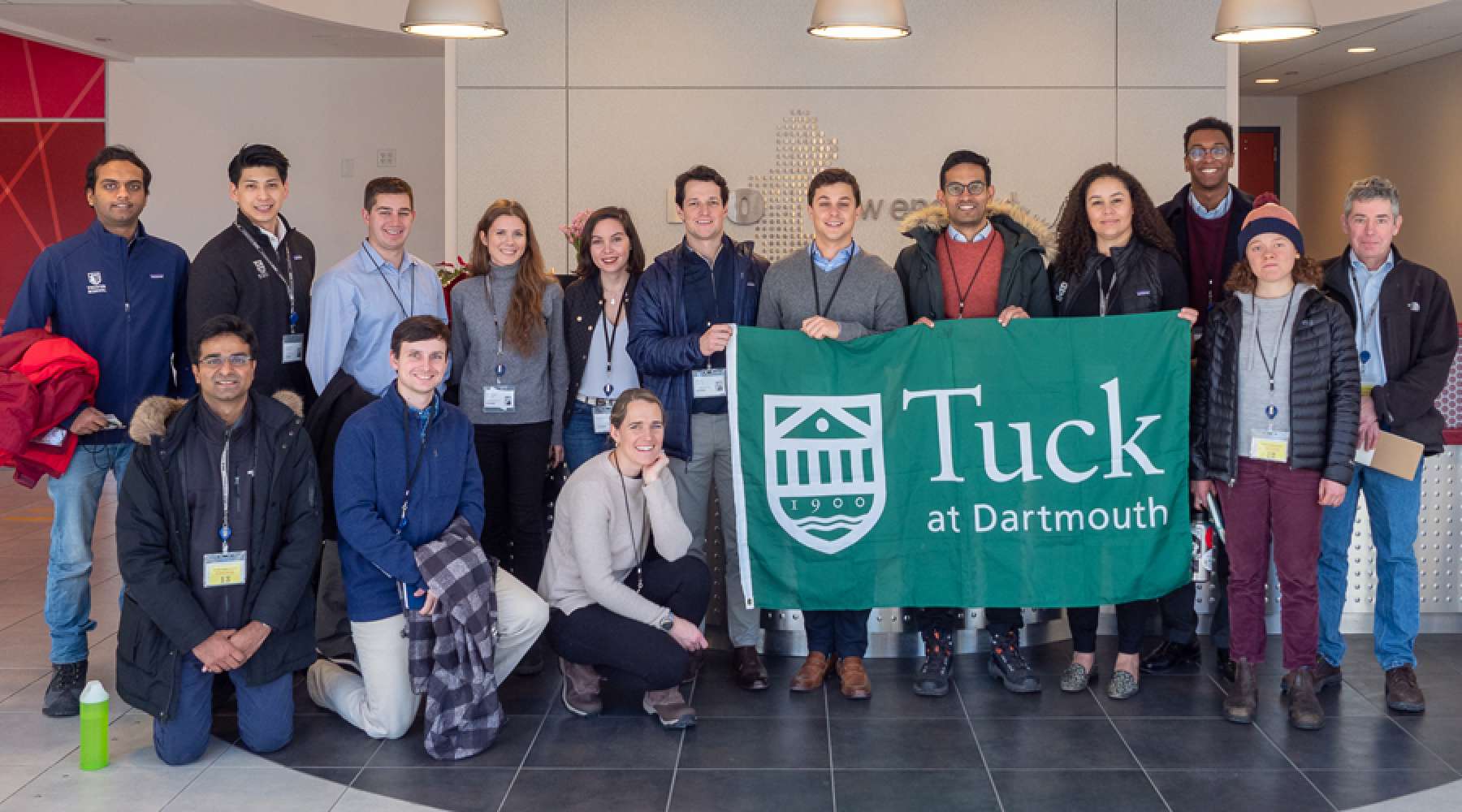
Prabhat Hegde is a PhD student at Thayer in the Laboratory for Intelligent Integrated Networks of Engineering Systems (LIINES).
The electrical grid, beyond doubt is one of the finest engineering triumphs of the 20th century.
It was the result of connecting together individual technical artifacts to form a large-scale complex engineering system. To quote from one of the most insightful books on the topic—The Grid by Gretchen Bakke—As such, the grid would seem to be the best Frankenstein in the heterogeneity of its parts, to outdo the Eisenhower Interstate System in its geographic scope, and dwarf space exploration in the complexity of its science.” Accompanying the evolution of this technical marvel was a policy framework which held some jurisdiction over the design and development of the energy market, and the organizational structure of its operation. There was a gradual transition from utilities controlling every aspect of the provision of electricity: generation, transmission and distribution to Regional Transmission Organizations (RTOs) and Independent System Operator (ISOs) that coordinate, control, and monitor the transmission of electricity a given geographic region. These transitions, mandated by the Federal Energy Regulation Commission (FREC), saw the creation of 9 RTOs/ISOs to manage the entire North American grid. One of these entities is ISO New England (ISO-NE), which is responsible for the New England region.
Thanks to the Revers Center for Energy at Tuck, in mid-February, some of us had a valentine’s date with ISO-NE’s headquarters in Holyoke, Massachusetts. As a PhD student in the Laboratory for Intelligent Integrated Networks of Engineering Systems (LIINES), whose mission is devoted to the enhancement of sustainability, and resilience in intelligent energy systems, it was a fantastic opportunity to connect with the greater energy community at Dartmouth and see first-hand some of the refined product of years of continually evolving scientific research. It was also a particularly meaningful visit for me because the LIINES recently concluded a comprehensive renewable energy integration study for ISO-NE.
At ISO-NE, we were received by Kate Epsen from the external affairs team. Her rather fastidious presentation highlighted the transitions in the New England energy mix—past, present, and future projections. Furthermore, she spoke at length about long-term policies, how they influence planning within the ISOs, and how they affect the choice of technology that is fed into the grid as a result. Following Kate’s overarching presentation, John Norden, the director of operations at ISO-NE gave us a more technical explanation about the origins of the current structure of the New England grid, the interconnections that it has with other ISOs, and the operational challenges that it faces every day.
The most awe-inspiring moment of the day was when John went on to unveil blinds of one of the walls of the meeting room that we were seated in, revealing the control room. The masterpiece of the control room was a 60 ft x 15 ft colorful digital board that flashed information about the power flowing through every major powerline in New England, their frequencies, and the exchange of power at interconnections with the other ISOs. Six huge manned desks faced the display board within the control room. Each person had a specific task to do. It was surreal to find out that the six of them collectively manage the entire New England grid! That definitely is a lot of responsibility and naturally is a demanding job requiring an aspirant to go through a stringent vetting process. John proceeded to talk about the challenges posed by the digitalization of the grid in regard to cyber-security and the staggering number of cyber-attacks that they wade on a daily basis. He also mentioned some of the measures that they had in place, should a Kafkaesque situation arise. There are multiple reserve control rooms that have the same exact layout as the control room that we saw, should there be an emergency or in the case of a cyber-attack on the grid.
The team at the Revers Center for Energy at Tuck definitely deserves a big cheer for bringing energy enthusiasts from different spheres of Dartmouth together to exchange and learn from such experiential visits. Personally, I look forward to my continued involvement in the energy domain on campus and being a part of more such energy treks.
The Tuck Revers Center for Energy’s mission is to inspire and shape tomorrow’s leaders in energy while engaging today’s energy community.